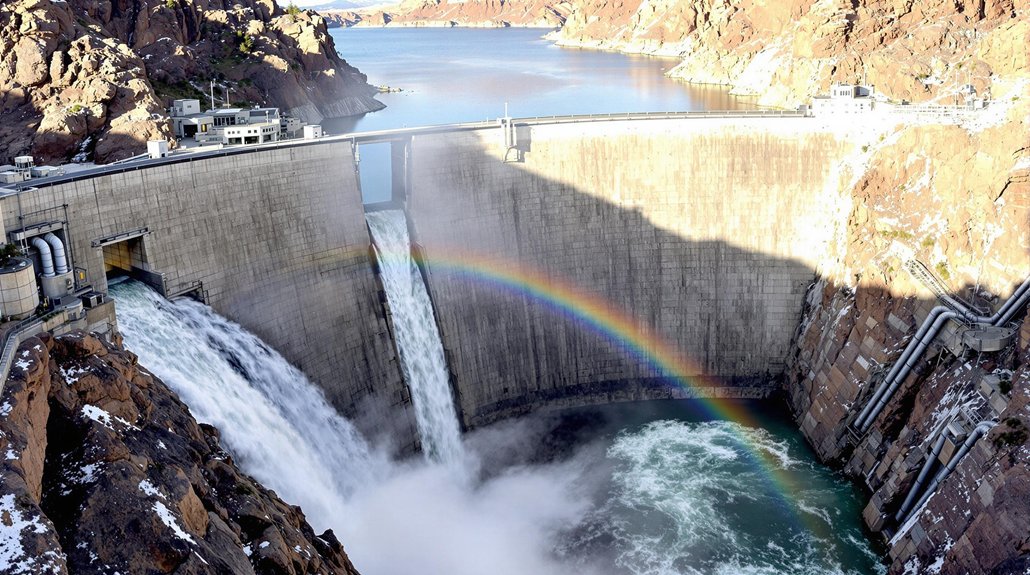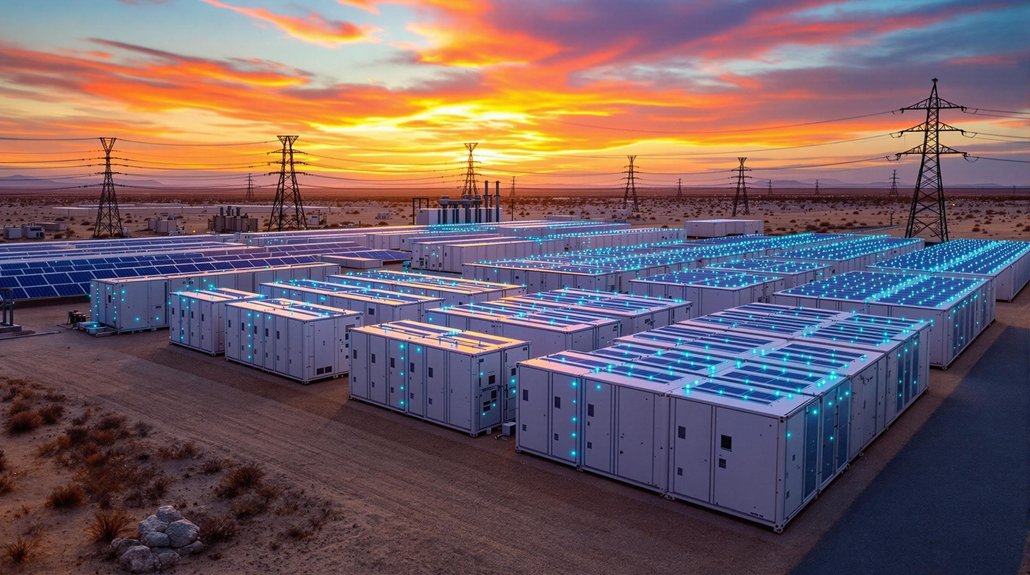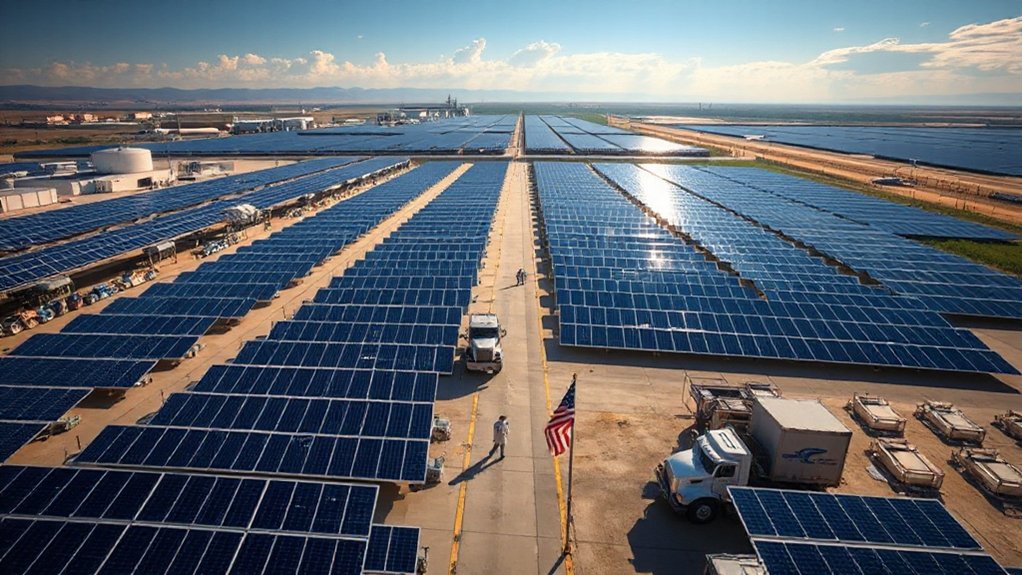Solar battery storage isn’t cheap – residential systems run $6,000 to $20,000, plus installation costs of $2,000 to $3,500. Popular options like Tesla’s Powerwall ($8,400-$10,500) and Generac’s PWRcell ($10,000-$20,000) dominate the market. The good news? Federal tax credits knock 30% off the price tag. Costs have plummeted 89% since 2010, and they’re expected to drop another 20-30% by 2030. The full story of savings goes deeper than sticker prices.

The sticker shock is real. Residential solar battery storage systems can set homeowners back anywhere from $6,000 to a whopping $20,000. And that’s before factoring in the installation costs, which add another $2,000 to $3,500 to the total. Not exactly pocket change. Among popular brands, lead-acid batteries offer a more budget-friendly option between $5,000 and $15,000.
The big players in the battery game aren’t shy about their pricing. Tesla’s Powerwall, the Apple iPhone of energy storage, commands $8,400 to $10,500 for a 13.5 kWh system. LG Chem RESU offers a slightly smaller 9.8 kWh system for $6,000 to $7,000, while Generac PWRcell flexes its muscles with prices ranging from $10,000 to $20,000 for their 9-18 kWh systems. Talk about premium pricing. Modern systems include power conversion systems that optimize energy supply and demand management.
While Tesla and LG dominate with pricey battery systems, Generac’s PWRcell takes the crown for wallet-crushing premium storage solutions.
Breaking down the costs is like dissecting a very expensive pie. The battery modules gobble up 50-60% of the total cost, while inverters and power electronics take a 15-25% bite. Installation labor, equipment, and those pesky permitting fees split the remaining chunks. A complete 40 kWh system can reach up to $52,000 before incentives.
There’s a silver lining, though. The federal government is throwing homeowners a bone with a 30% tax credit. Some states and utilities are piling on with additional incentives, making the math a little less painful. Virtual power plant programs are also jumping into the mix, offering extra savings for those willing to share their stored energy.
The long-term picture isn’t all sunshine and rainbows. These batteries typically last 10-15 years before they start showing their age. Capacity degrades over time, like a smartphone battery on steroids. And replacement costs? Let’s just say you might want to start saving now.
But here’s the kicker: battery costs have plummeted 89% since 2010. That’s right – they used to be even more expensive. Industry projections suggest another 20-30% drop by 2030, thanks to manufacturing improvements and fierce market competition. Maybe waiting isn’t such a bad idea after all. Unless, of course, you’ve got money burning a hole in your pocket.









